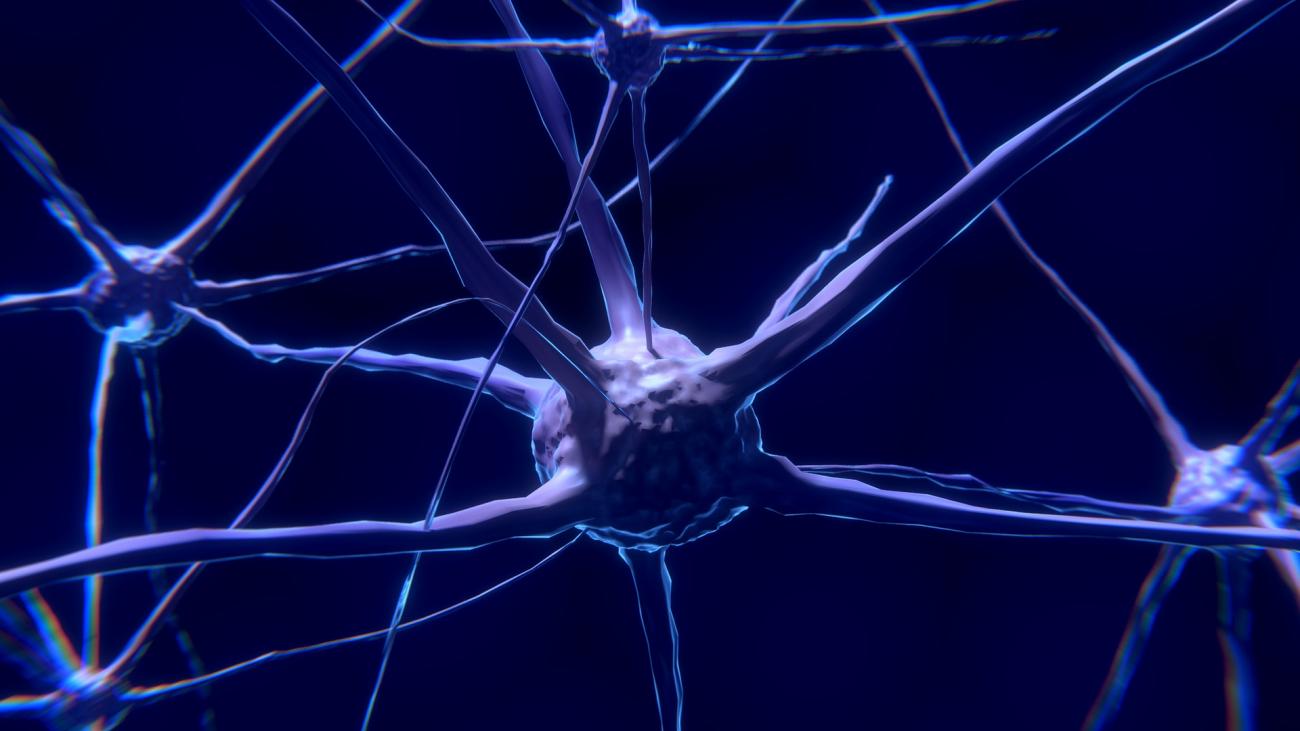Title: Neural control of stimulus selection and spatial attention: circuits, computations, coding
Despite a rich literature on the consequences of selective attention to behavior and to neural responses, as well as a wealth of models of competitive selection, little is known about the circuit mechanisms by which the brain actually selects the highest priority stimulus as the next target of spatial attention. Following a first principles approach that breaks down selection into computational primitives, we recently discovered neural circuit mechanisms for categorical (robust-to-noise) selection, location-invariant selection (selection at all possible pairs of locations), and flexible selection in the barn owl midbrain. I shall describe some of these findings, and in doing so, highlight (a) the identification of a new form of population coding in the brain, namely, combinatorially optimized coding (relating to classic np-hard optimization problems), as well as of (b) a novel, multi-holed donut-like organization of inhibition in the brain. I shall then switch gears and describe our development of primate-like behavioral paradigms for the study of endogenous as well as exogenous control of visuospatial selective attention in freely behaving mice. I shall end with early results from our efforts involving endoscopic calcium imaging and opto-/chemo-genetic manipulations in mice that are aimed at identifying circuit mechanisms of selection for spatial attention in mammals.
Dr. Shreesh Mysore is an Assistant Professor of Psychological and Brain Sciences at Johns Hopkins University.
The seminars are free and open to the public.




